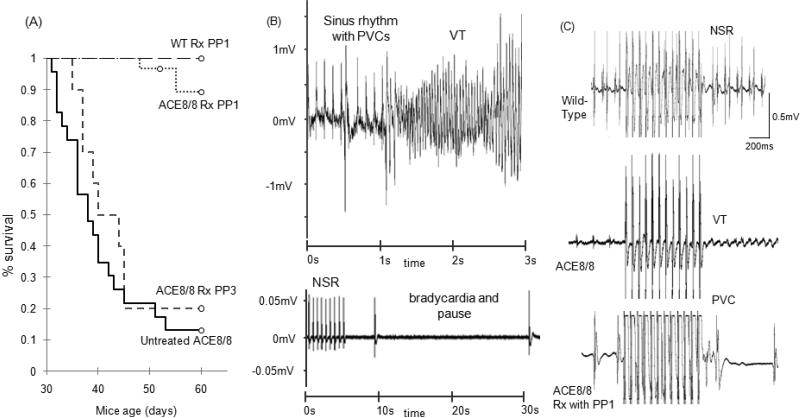Figure 1. Survival analysis, telemetry monitoring and inducibility of VT.
(A) Kaplan-Meier survival distribution analysis of ACE8/8 untreated mice, ACE8/8 mice that received PP3 treatment, ACE8/8 mice that received PP1 treatment, and wild-type mice that received PP1 treatment. PP1 treatment significantly reduced the sudden cardiac death rate with the mean survival time of 10.2 +/- 1.5 days in ACE8/8 (n=28) and 24.7 +/- 0.2 days in ACE8/8 treated with PP1 (n=22) (P < 0.005, log-rank test). No death happened in WT mice receiving PP1 treatment (n=14). PP3, the ineffective analog of PP1, did not increase the survival rate in ACE8/8 mice (11.2 +/- 1.2 days vs. 10.2 +/- 1.5days, P = NS, n=10). (B) Examples of telemetry recording of the rhythm preceding SCD. The top panel shows an example of severe bradycardia and the bottom panel is an example of VT degenerating to VF resulting in SCD. The majority of SCD events resulted from ventricular arrhythmia (83%). (C) Inducibility of VT was tested using a 1.1F catheter and an internal jugular vein access. A rhythm with more than 3 consecutive ventricular beats was considered to be VT. Examples of intracardiac electrograms of WT, ACE8/8 and ACE8/8 treated with PP1 are shown after 12 beats of burst pacing with pacing cycle length of 50 ms. VT inducibility rate was statistically reduced with PP1 treatment in ACE8/8 mice (86.9% vs. 50%, P < 0.05, n=20 and n=10 respectively).

